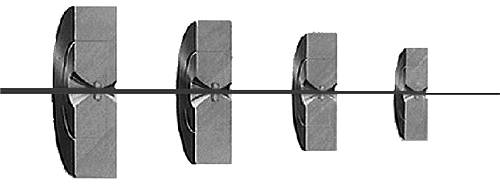Probleemstelling:
A large number of process industries are dependent of tribology. By taking advantage of the new surface, materials and lubrication technologies for friction reduction and wear protection in vehicles, machinery and other equipment worldwide, energy losses due to friction and wear could potentially be reduced by 40% in the long term and by 18% in the short term. Besides the reduction of CO2 exhaust, an adapted lubrication regime in machinery can save until 1.4% of the Global Domestic Product annually and 8.7% of the total energy consumption in the long term. One of the application, which want to achieve friction decrease and wear reduction, is wire drawing. Moreover, it contains a challenging technology concerning tribology.

The process of wire drawing is a cold work hardening process. A metallic wire is pulled through a series of dies, in order to reduce its cross section, while changing the crystal structure of the material and thus the related mechanical properties as strength and hardness. In dry wire drawing, the wire is lubricated with a carrier agent and is pulled at high speed (about 10-20m/s) through a bath of dry soap granules, which may contain different additives. The application of the produced wires are highly divers, from cables used to support bridges to springs used in automotive sector.
